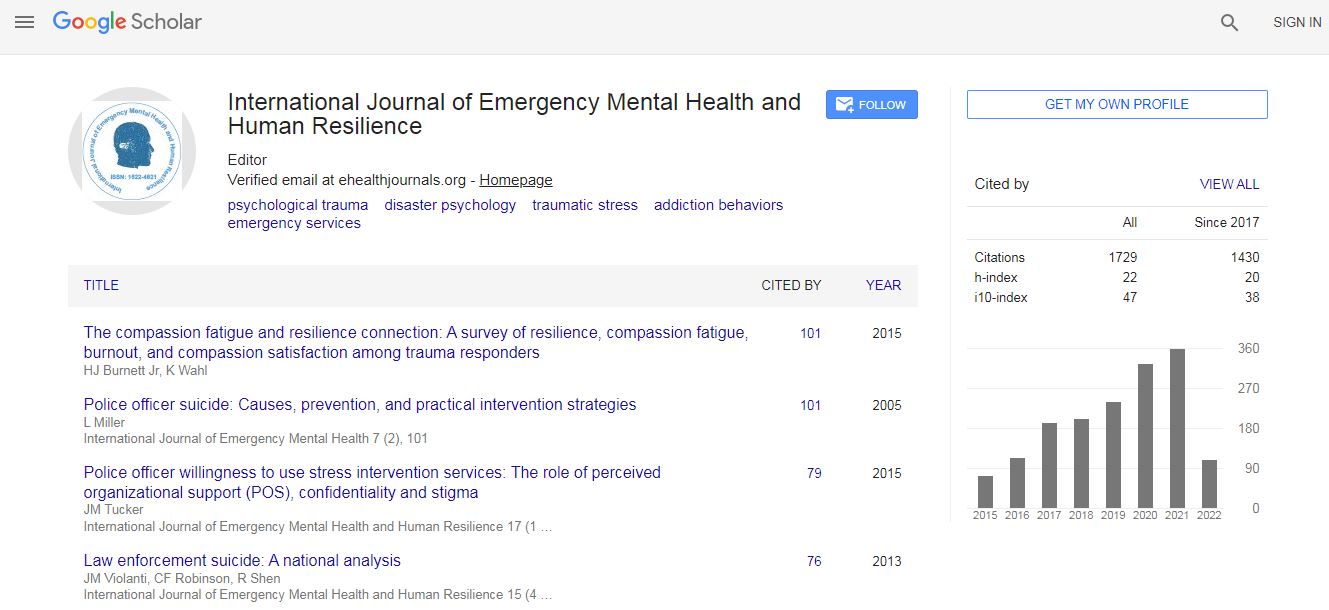Review Article
Rehabilitation of the Adolescent with a Substance Use Disorder: Overview of Treatment Efficacy
Maurizio Pompili1*, Paola Venturini1, Dorian A. Lamis2, Rachel N. Waford2, Denise Erbuto1, Gianluca Serafini3, Mario Amore3, Paolo Girardi1
1Department of Neurosciences, Mental Health and Sensory Organs, Suicide Prevention Center, Sant'Andrea Hospital, Sapienza University of Rome, Italy
2Department of Psychiatry and Behavioural Sciences, Emory University School of Medicine, Atlanta, GA, USA
3Department of Neuroscience, Rehabilitation, Ophthalmology, Genetics, Maternal and Child Health, Section of Psychiatry, University of Genoa, Genoa, Italy
Abstract
Background: Several studies have shown that substance use disorder (SUD) among adolescents is related to multiple behavioural problems and needs specific treatment compared to adults.
Objectives: The aim of the present paper was to investigate the gold standard of rehabilitation efficacy for SUD in adolescence.
Methods: A careful systematic review of the literature was conducted on the treatment and rehabilitation of adolescents with SUD. A total of 11 articles from peer-reviewed journals were selected for this review.
Results: Family therapy is the treatment with the strongest evidence of effectiveness for reducing SUDs in adolescents, although other types of treatments appear to be beneficial such as cognitive-behavioural therapy and other psychological approaches. Despite the effectiveness of the treatments, the rate of relapse remains high among adolescents with SUD.
Conclusion: Currently, psychological treatments, particularly family therapy, are most frequently applied to adolescents with SUD. Pharmacotherapy is reserved for adolescents with a SUD in co-morbidity with other mental disorders and a therapeutic community is suggested for these at-risk adolescents.

